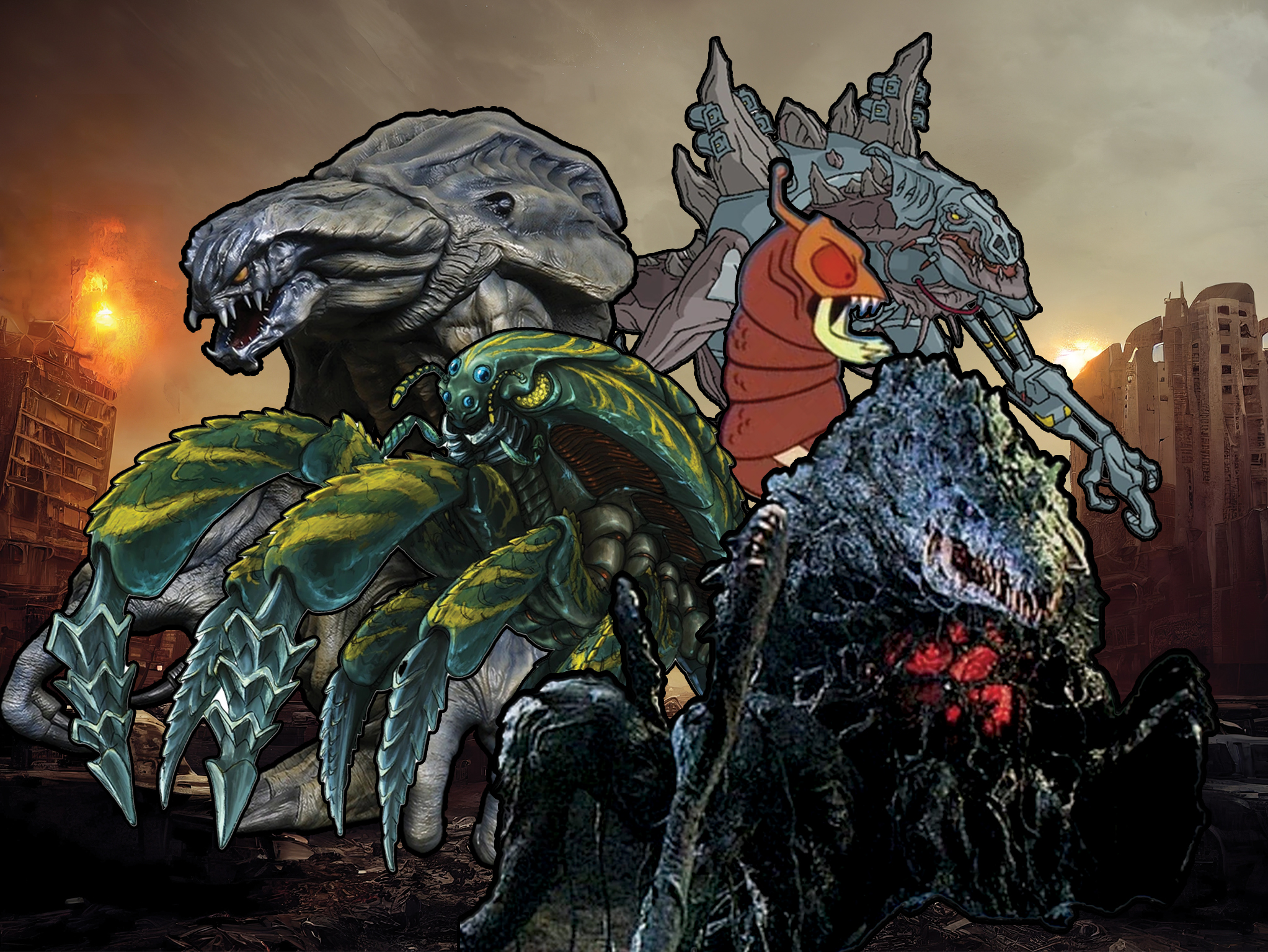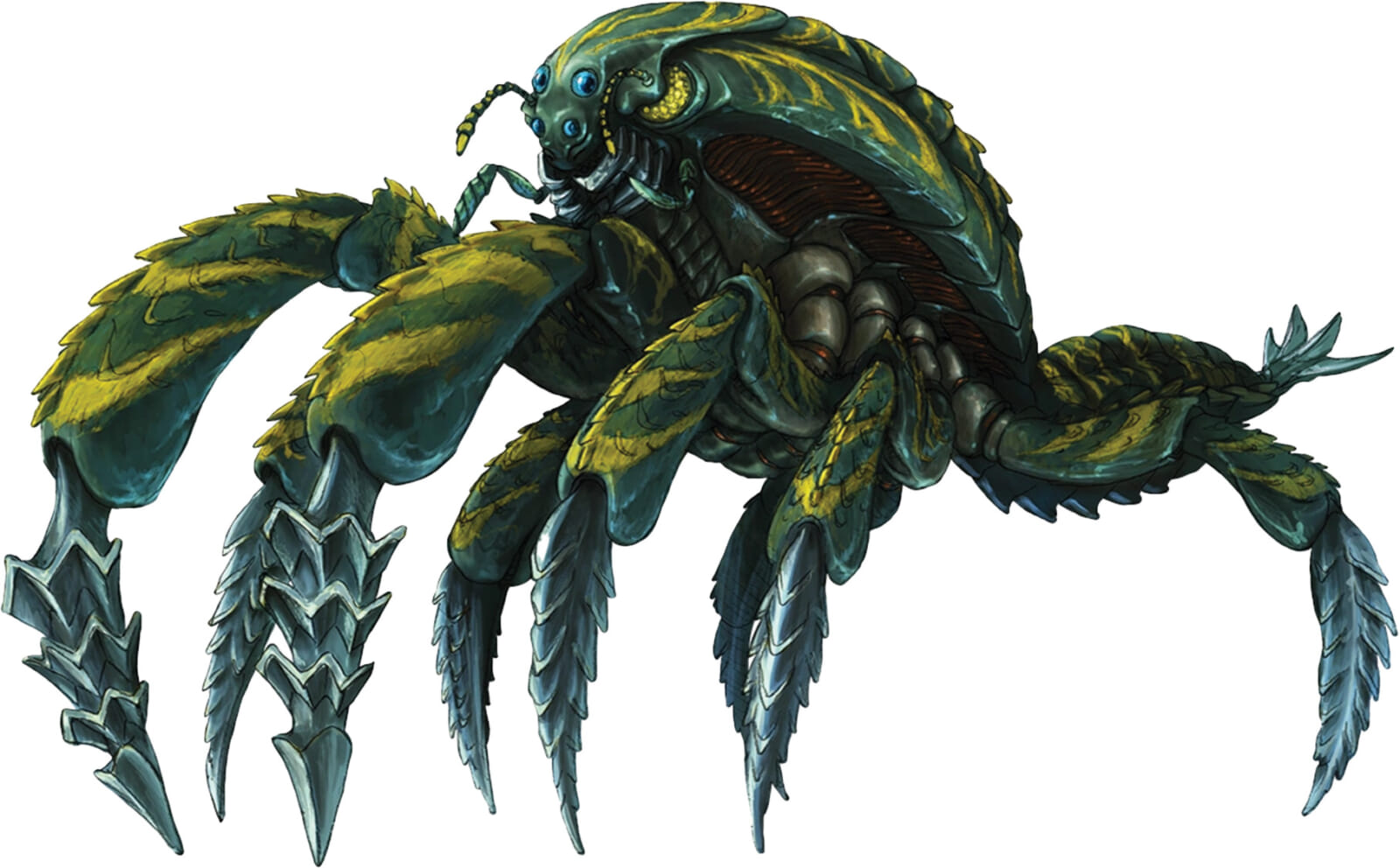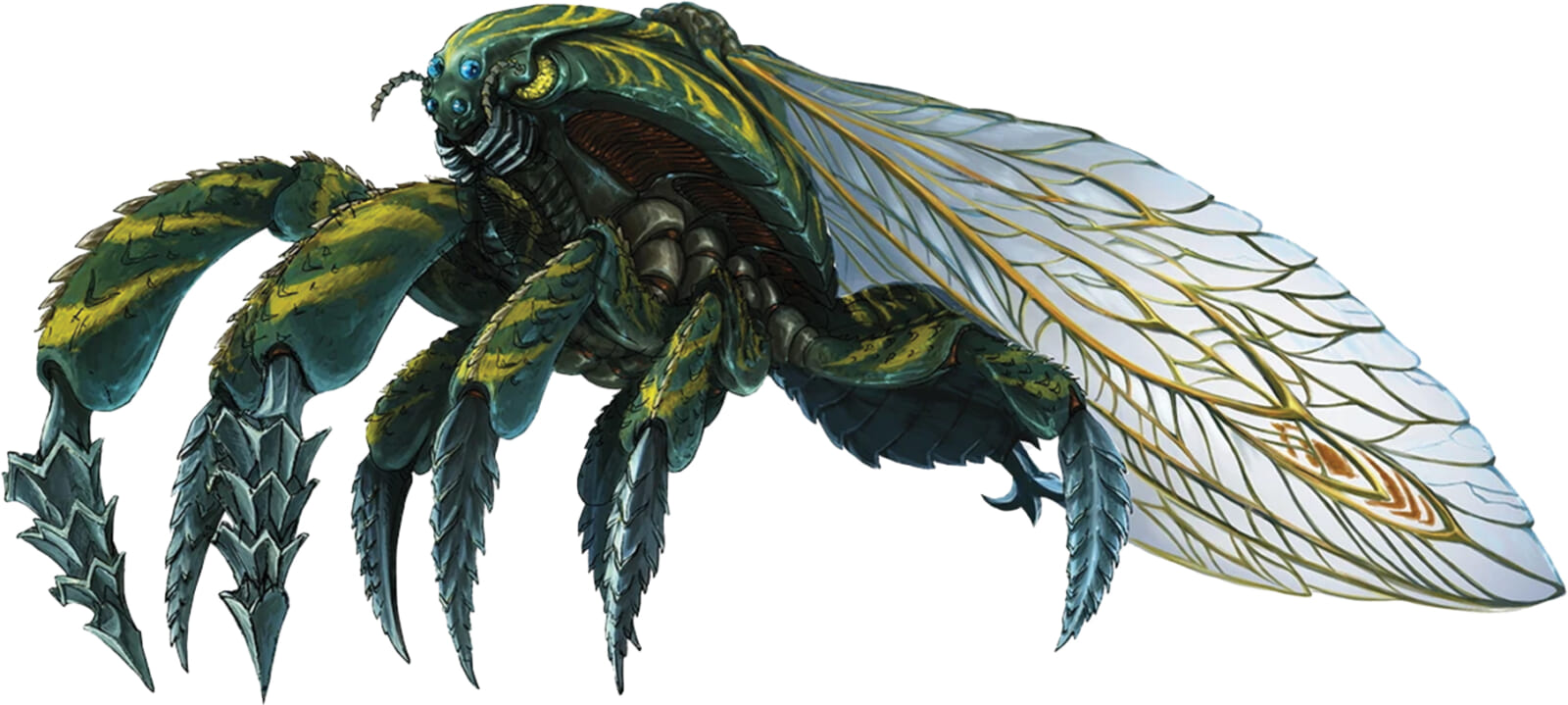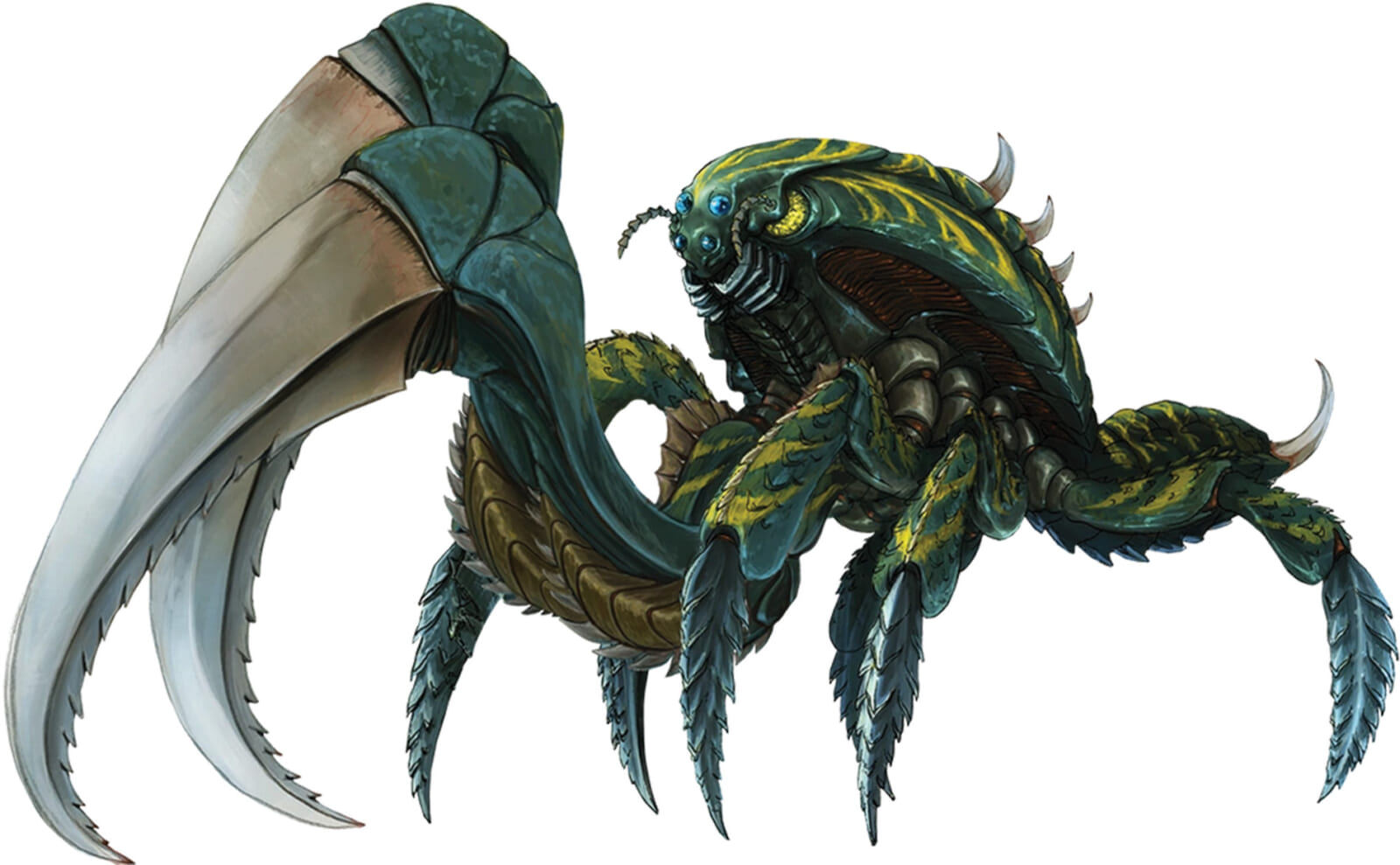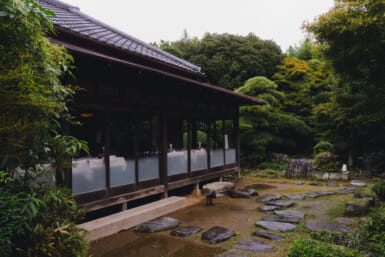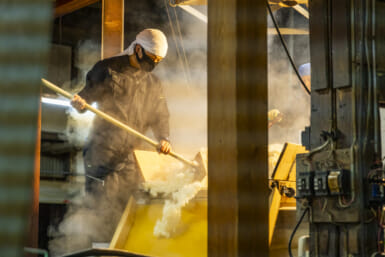In the 70 years since the premiere of the first Godzilla movie back in 1954, the most famous monster in the world has fought alien dragons, fairy moths, cyborg doppelgangers, and King Kong, among others. But it’s precisely among those others that we find some of the most fascinating kaiju ever. In terms of popularity, they’re nowhere near the level of King Ghidorah or Mothra, but they are just as creative and formidable as Godzilla’s more famous adversaries. On the 70th anniversary of Godzilla, let’s talk about the most underrated pretenders to the throne of the King of the Monsters.
1. Orga (Godzilla 2000: Millennium)
Released in 1999, but near the end of it so the title of the movie almost makes sense, Godzilla 2000: Millennium deals with aliens who crashed on earth 60 million years ago and awaken in the present to conquer the planet. A hive organism, the “Millennians” absorb Godzilla’s near-immortality-granting DNA and emerge from their ship as a single giant squid-like entity that they consider to be their ultimate form. However, their system gets overwhelmed by the kaiju’s genetic code, which starts to mutate them into the hideous Orga.
The best way to describe Orga is to say that it feels “wrong.” Its hunched-over, unnervingly unnatural proportions and weird asymmetry appropriately make it look like something that couldn’t have evolved on Earth. It’s not a question of the uncanny valley but more of an uncanny grand canyon. Its phase II form, with a mouth almost the size of Godzilla himself, just adds to the wonderful wrongness of its design that, together with its regeneration factor, makes it one of Godzilla’s most memorable enemies.
2. Cyber Godzilla (Godzilla: The Series)
The 1998 American Godzilla movie is widely considered a low point for the franchise but, lucky for it, Godzilla: The Series managed to put a little shine on the film’s legacy. A direct sequel to Roland Emmerich’s movie, the animated show was notable for its original kaiju designs like Cyber Godzilla, a revived carcass of the original Zilla enhanced with cybernetic, alien implants.
The creature’s design is, frankly put, off-putting. Its decaying, sickly gray body clashes with the polished metal and aesthetically-displeasing cyber prosthetics to create the image of a futuristic zombie. The idea of using Big G’s body as the basis for a new monster would be repeated later in Godzilla Against Mechagodzilla (2002). But that movie smartly encased the bones of the King of the Monsters in a full-body metal armor, which in hindsight looks like a way to keep the film from straying into body horror territory.
3. Kumonga (Godzilla Singular Point)
Making its first appearance in Son of Godzilla (1967), Kumonga was originally just a giant spider. Godzilla Singular Point, a 2021 anime blending 2D and 3D animation, expanded what Kumonga could be and elevated it to one of the most terrifying kaiju in the Godzilla franchise.
Reimagined as a swarm of slightly smaller monsters, the Singular Point Kumonga work so well because they’re a more personal threat to humans. The original kaiju spider really only threatened humans with its size while the smaller but still terrifyingly large Kumonga can also hunt us for food. That’s just the beginning. The “base model” comes with metal drill-esque legs but there are other varieties of the monster in the anime like Hanenga (flying version), Kamanga (with two massive, mantis-like scythes), and Zenbunga (with wings and hand-scythes.) What’s worse, when cut in half, the creatures can regenerate and fuse together by releasing a blue gelatinous substance from inside their bodies, which in some shots seems to take form similar to that of Hedorah, a 1971 toxic sludge kaiju from outer space, and nods to Godzilla’s classic past should always be praised.
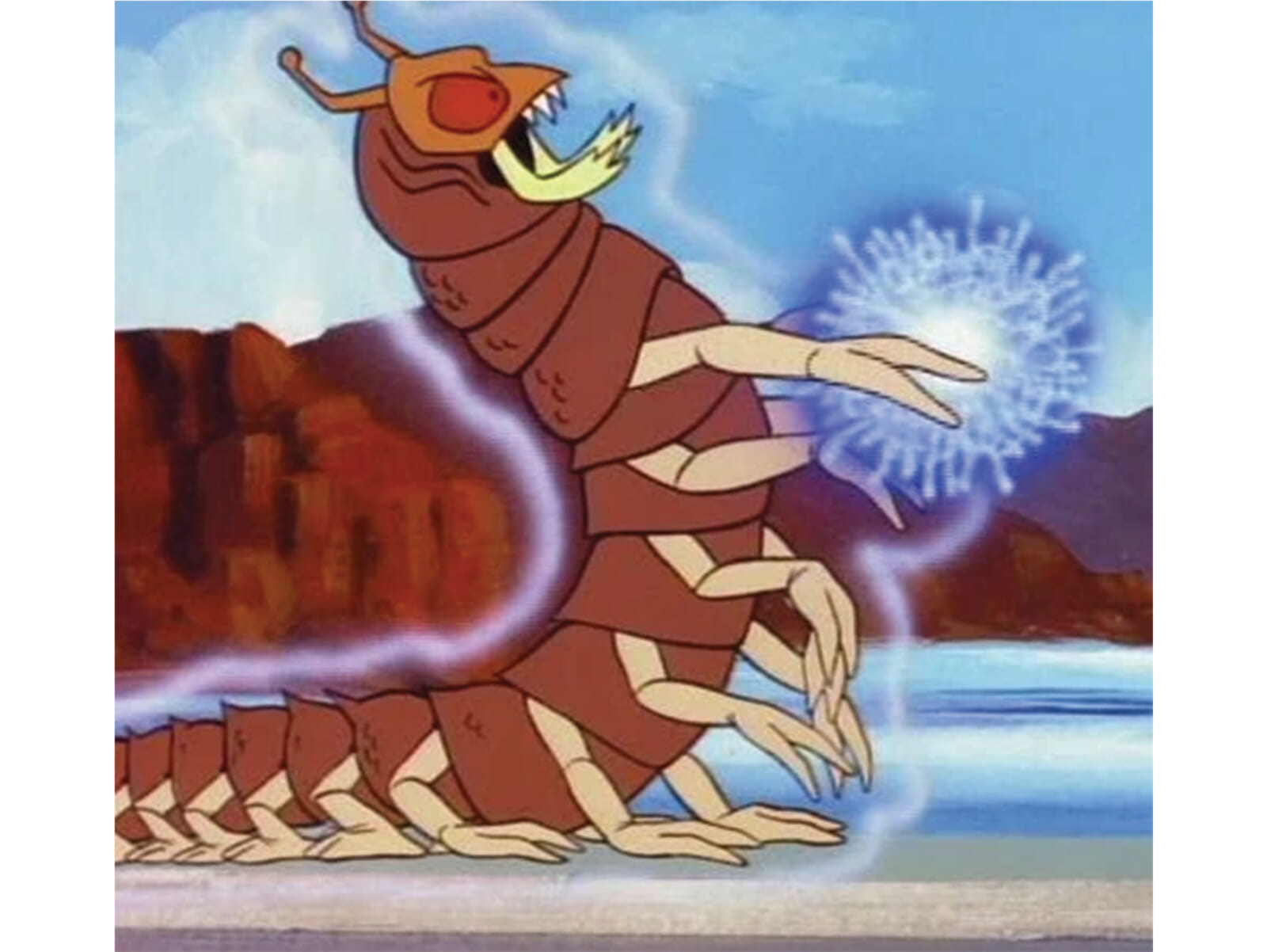
4. The Energy Beast (Godzilla: The Original Animated Series)
Premiering in 1978, the Hanna-Barbera Godzilla cartoon perhaps wasn’t exactly the highlight of the franchise but it still left us with a few gems, like the Energy Beast. As the name suggests, the kaiju can manipulate energy, absorbing it to grow larger or shooting it out in the form of ball lightning powerful enough to stun Godzilla. Another thing it has going for it is its alien centipede look.
Regular centipedes already look like the caterpillar equivalents of Satan, but when you magnify one to kaiju proportions and give it disturbingly humanoid limbs and facial expressions, it results in the stuff of nightmares. To top things off, the Energy Beast is also capable of shapeshifting into anything its size, including Godzilla himself, which also grants it its target’s powers. In their first clash, the Beast defeats Godzilla and ultimately only loses because it runs out of power. With a steady supply of electricity, EB could easily have sent Godzilla to meet God.
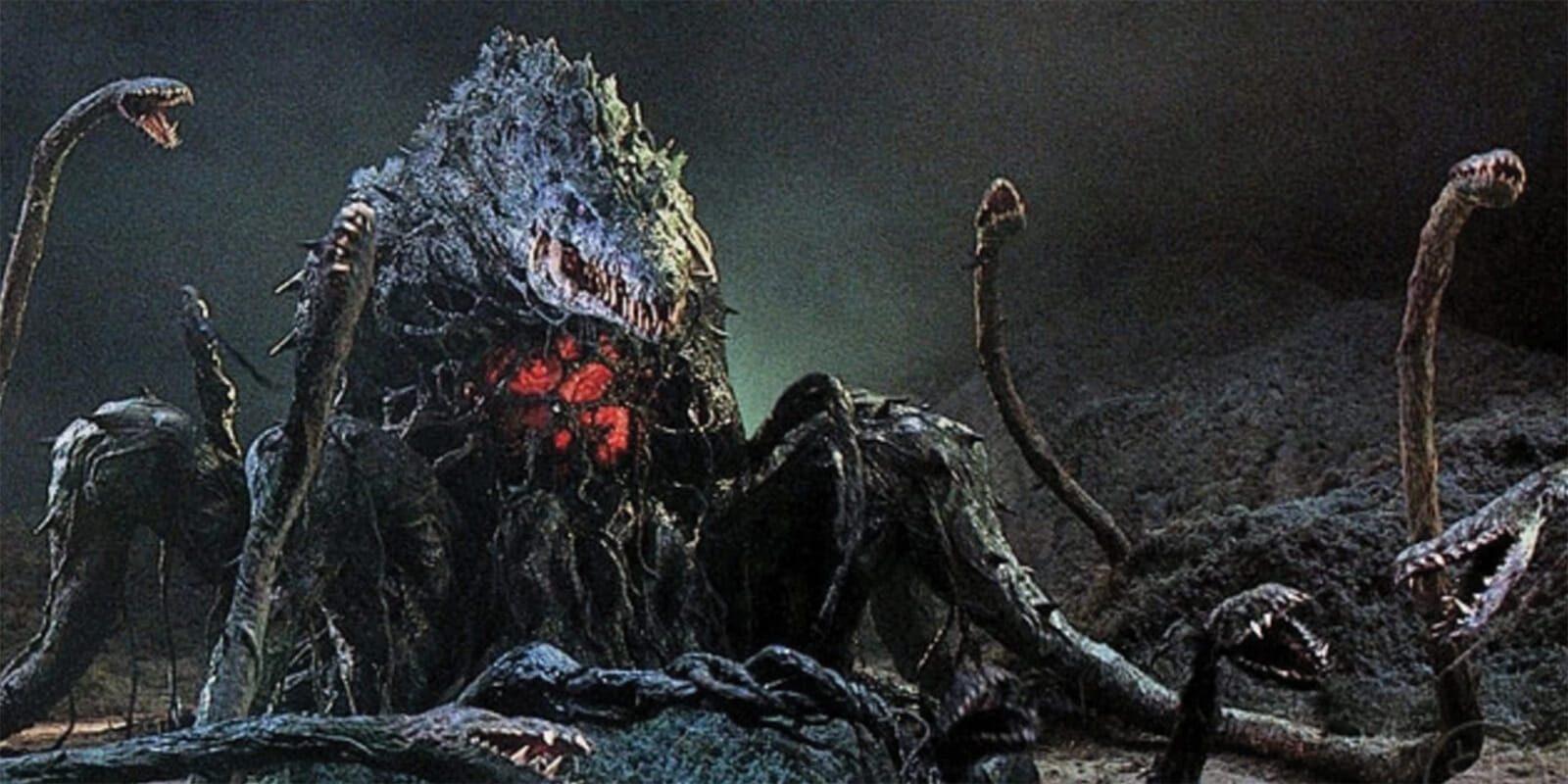
5. Biollante (Godzilla vs. Biollante)
Making its only appearance in Godzilla vs. Biollante (1989), this kaiju is like a cross between Orga, Frankenstein’s monster, and the monstrous flytrap Audrey II from Little Shop of Horrors. Its origins start with a scientist going mad over the loss of his daughter and keeping her DNA spliced into a rose plant because, hey, you never know when you’ll get a chance to play God and try to bring your child back to life. The scientist’s bet pays off when he gets a chance to work with Godzilla cells, combining their DNA with that of his rose-daughter to create a plant monster with a human consciousness hidden in the back of its… plant brain?
Initially looking like a massive, semi-sentient flower, Biollante is eventually taken over by the kaiju DNA and mutates into a heap of meaty compost with a Godzilla-esque head after it went nuts at the tusk and teeth store. With vines pulsating and growing all over its flesh-floral body like veins, Biollante rounds out its look with gigantic tentacles topped with fanged mouths. Besides its tragic origin and creative design, Biollante’s claim to fame is helping spawn SpaceGodzilla, the Godzilla offspring born in the vacuum of space from Biollante’s cells that floated beyond our atmosphere and combined with those left by Mothra. This is why biologists cry whenever they watch Godzilla movies.

